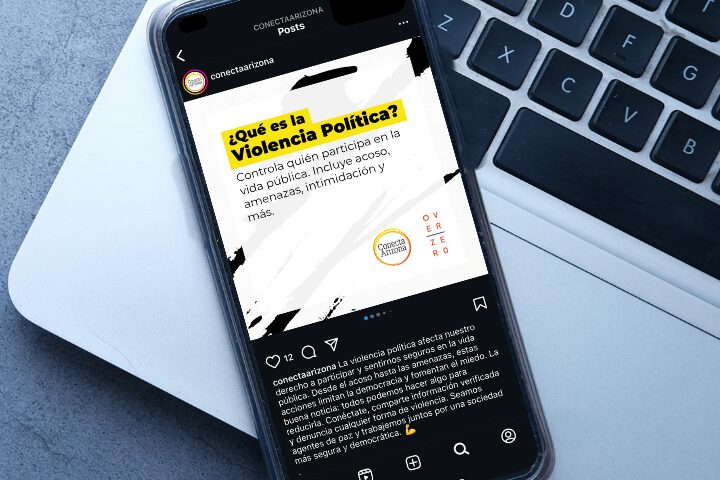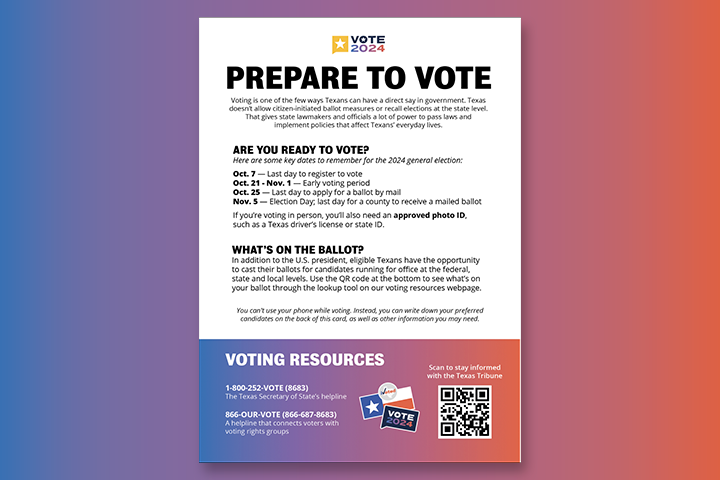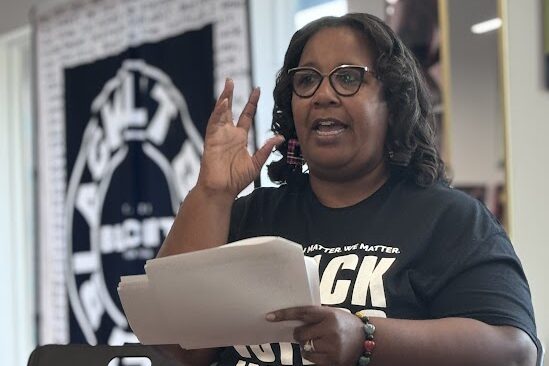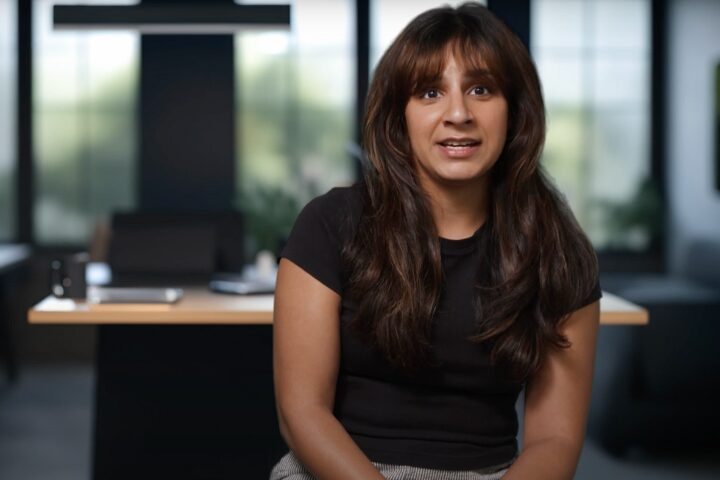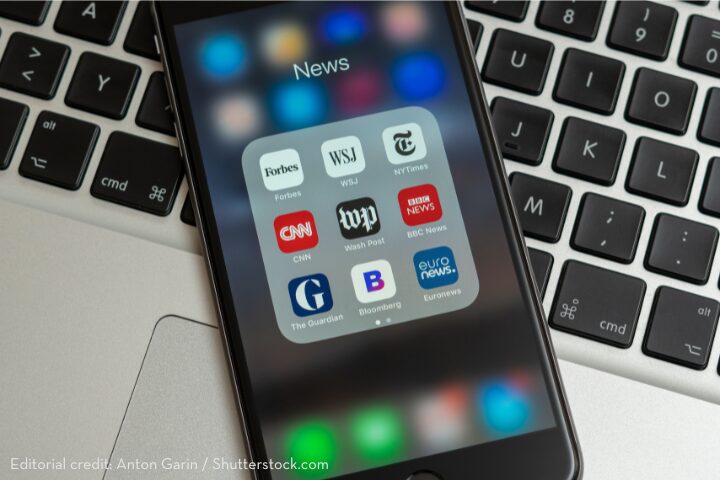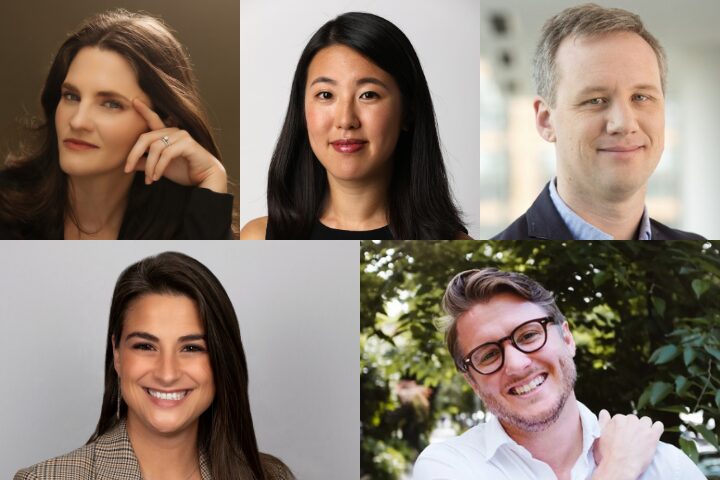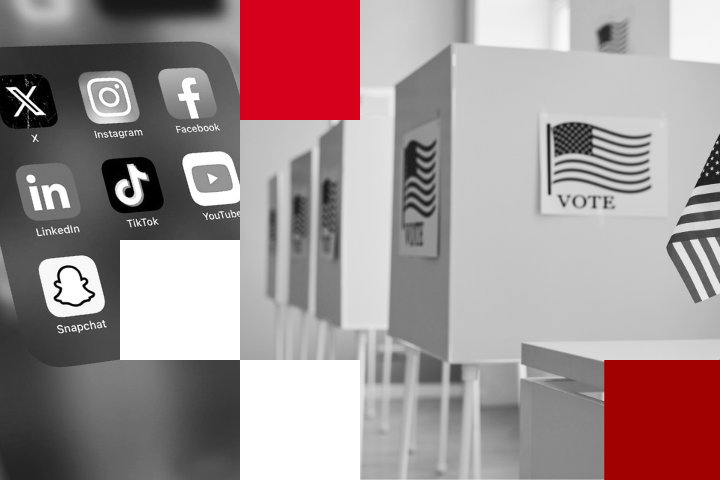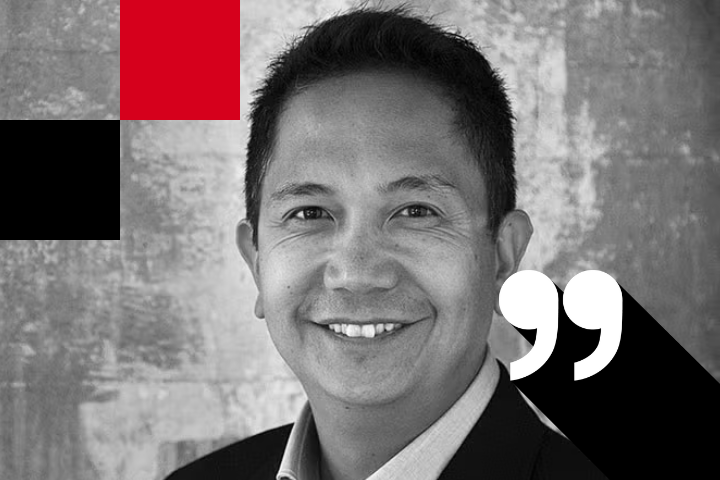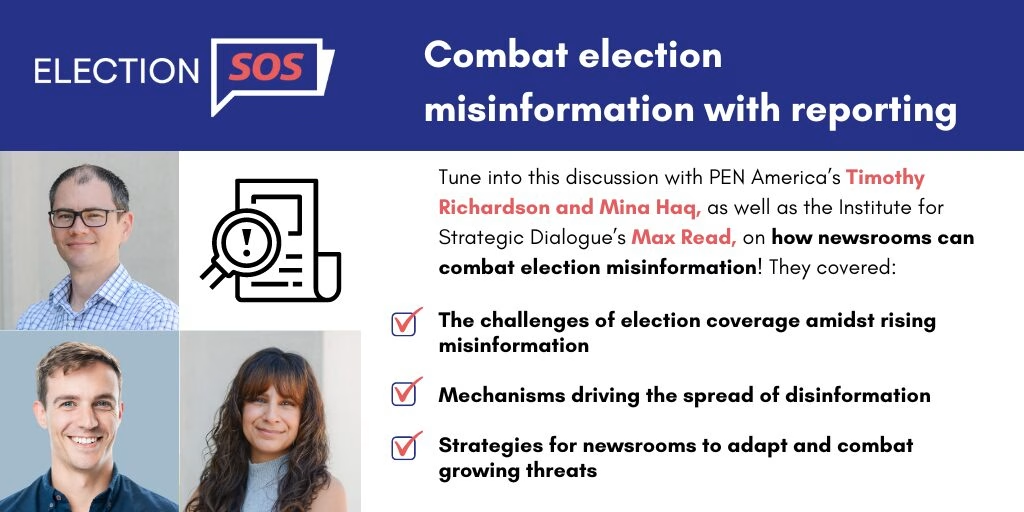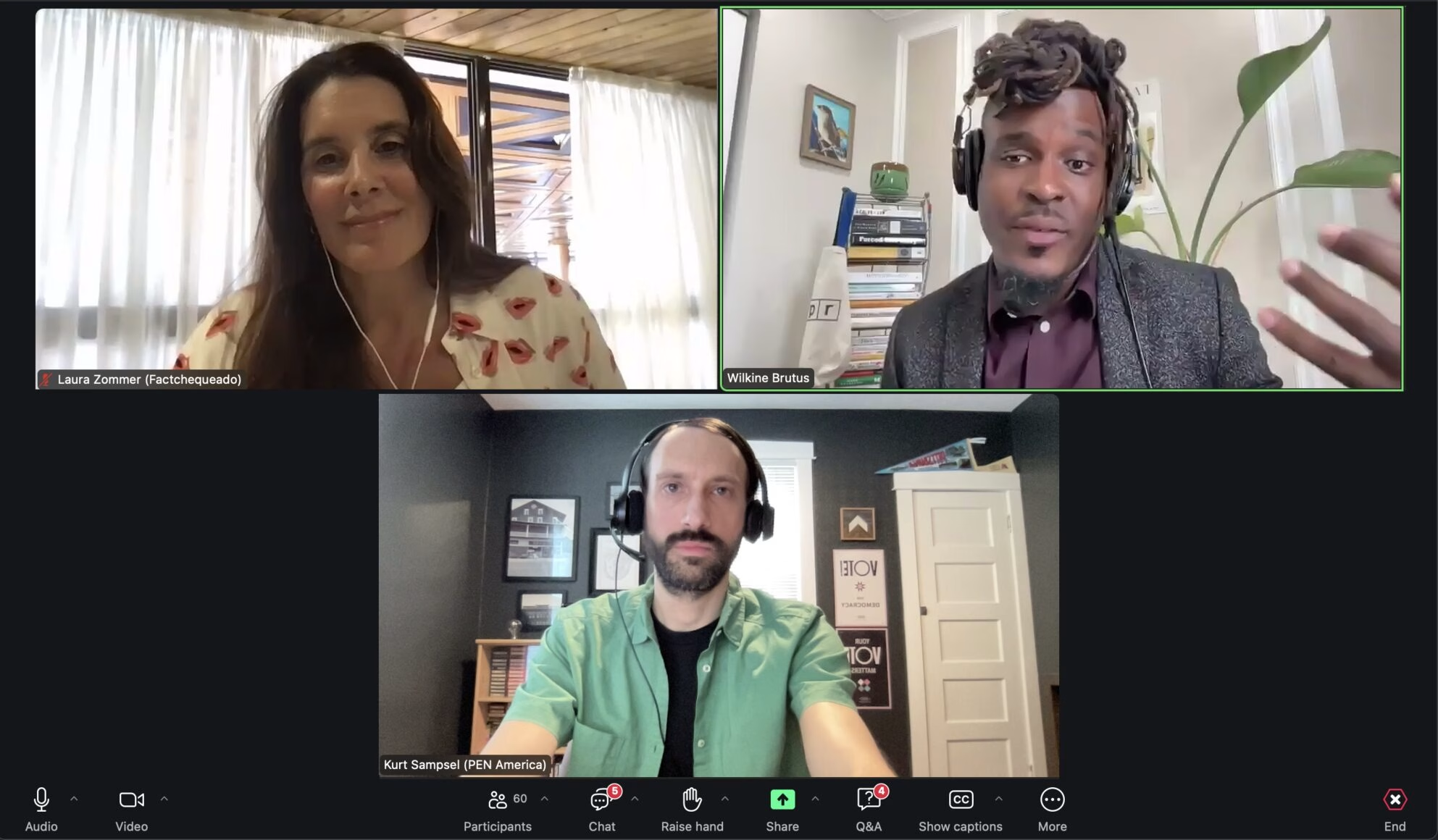When I think of the gravest dangers facing our nation, disinformation is high on my list—second only to climate change. Over the years, I’ve brainstormed about how disinformation can be tackled, but I usually came up short. I sometimes tried to steer people toward accurate information, and I “fought the internet” here and there, but in most cases, I didn’t feel I had the reach, platform, or resources to be effective. As disinformation made Phoenix the epicenter of election denialism after the 2020 presidential election, my resolve to fight disinformation grew.
But what was there to do?
Fortunately, I heard about an opportunity to help lead PEN America’s fight against disinformation in Phoenix through its Trusted Messengers initiative. I was asked to facilitate monthly conversation workshops to help people talk about consuming news and information with friends and family. Intrigued, I signed on.
Our approach was experimental. It’s safe to say that as our curriculum formed, our entire team was unsure how audiences would respond and what our outcomes would be. I didn’t want anyone to feel alienated. I also didn’t want to brew political fights, and yet we wanted people to be able to speak freely.
We found with our first workshop that every attendee was extremely concerned about disinformation and wanted to do something about it. But they had no idea how to address it.
By the time we got to our third workshop, I saw the benefit of taking our programming to preexisting groups, rather than curating audiences already concerned about disinformation. I visited places such as colleges, high schools, and libraries. This was an interesting shift. At one high school workshop, I asked who was worried about disinformation. One student, a 17-year-old male, said, “I don’t care about disinformation. At all. Like, even a little bit. I literally don’t care about anything you’re going to say.”
Ouch!
His comment was discouraging, but maybe that teenager is exactly the kind of person who should be in a workshop on disinformation. And granted, he actually paid close attention. It was clear that a great many people want to fight disinformation and want to be involved, even if they didn’t know that until participating in our program. Several of our attendees felt overwhelmed at the prospect of coaching others to diversify their news diet, but many were excited too.
Sometimes my efforts felt like a drop in the bucket, but with each person trained, I felt good that we were at least doing something. Workshop by workshop, we helped our community be that much more resilient, that much more informed.
“I feel more confident having those conversations now,” said a public school teacher and librarian. “It’s changed the way I would approach someone if they repeated disinformation—to not get so worked up about it and be able to have a good conversation with them.”
What’s distinctive about this program’s approach to disinformation is that it tackles a global problem through regional initiatives. As you’ll see in this report, the Disinformation and Community Engagement (DCE) program lifted local perspectives about how disinformation affects communities. We helped participants learn how to consume information critically and address falsehoods and to share those skills with others.
The work was challenging. It was also necessary. After all, if we don’t fight disinformation, who will? I hope the following report will inspire you to see what may work in your organization, your community, and your personal life.
